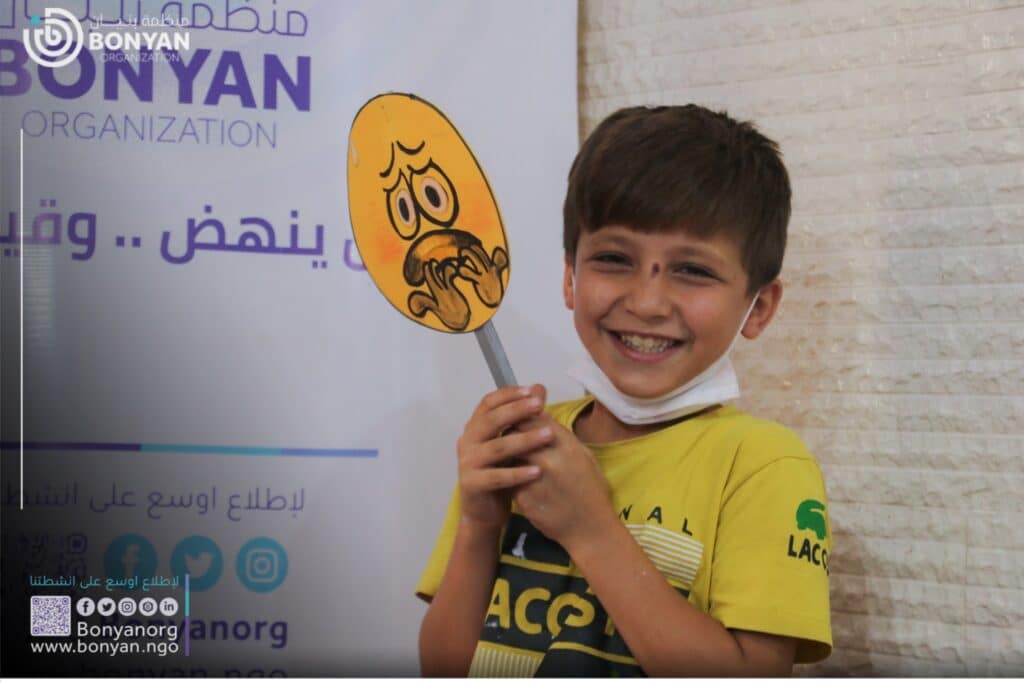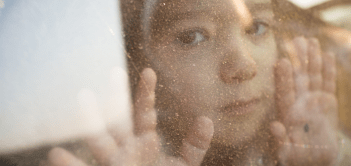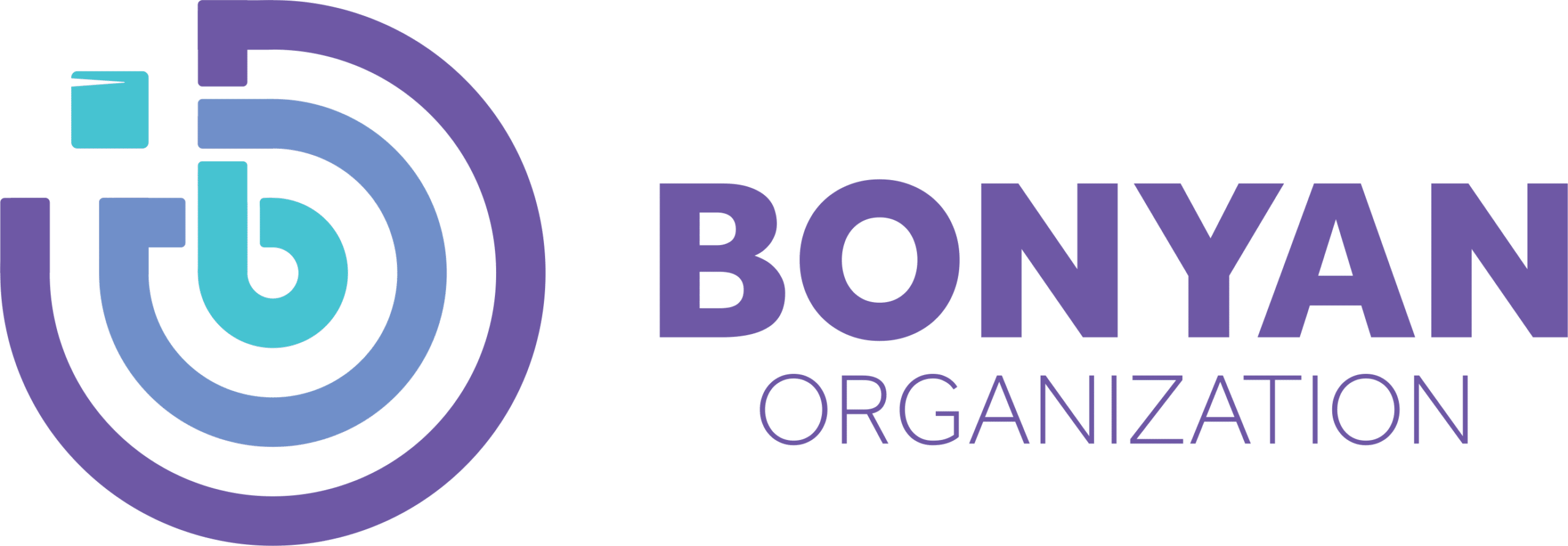“Every child has the right to live free from violence, exploitation, and abuse,” this is what “The Convention on the Rights of the Child” states in every protocol worldwide.
Child abuse and neglect are serious issues affecting millions yearly, causing physical, emotional, and psychological harm.
Child protection programs play a crucial role in preventing and addressing these problems.
This article will give an overview of child abuse and neglect, discuss their impact on children, and explore the role of child protection programs in supporting children and families.
The Impact of Child Abuse and Neglect on Children
Child abuse and neglect can have lifelong consequences on the affected children.
The impact can manifest in various ways, including:
- Physical injuries, disabilities, and chronic health problems.
- Emotional and psychological issues, including depression, anxiety, and post-traumatic stress disorder (PTSD).
- Impaired cognitive and social development.
- Increased risk of substance abuse, self-harm, and suicide.
- Difficulty forming healthy relationships in adulthood.
The effects of child abuse and neglect can be long-lasting and wide-ranging, impacting every aspect of a child’s life.
It is important for children who have experienced abuse or neglect to receive early intervention and support to help mitigate the effects of trauma and promote healing and recovery.

Types of Child Abuse and Neglect
Child abuse and neglect are serious and harmful behaviors that can have extended effects on a child’s physical and emotional well-being.
Abuse and neglect of a child can be categorized into four main types:
- Physical abuse: Deliberate use of force or actions that result in bodily harm or injury to a child.
- Emotional abuse: Persistent harmful behaviors that negatively affect a child’s emotional well-being and development, such as humiliation, threats, or isolation.
- Sexual abuse: Any form of sexual activity or exploitation involving a child.
- Neglect: Failure to provide for a child’s physical, emotional, or educational needs.
It is indispensable to note that these types of abuse and neglect can occur in different combinations and varying degrees of severity.
Signs and Symptoms of Child Abuse and Neglect
Recognizing the signs of child abuse and neglect is essential for early intervention and support. Some common indicators include:
- Unexplained injuries or frequent bruises, cuts, or burns.
- Changes in behavior, such as aggression, withdrawal, or fearfulness.
- Developmental delays or regressions in skills.
- Poor hygiene or consistently dirty clothing.
- Frequent absences from school or a decline in academic performance.
These signs and symptoms can vary depending on the child’s age, developmental level, and circumstances.
Reporting Child Abuse and Neglect
If you suspect a child is being abused or neglected, you must immediately report it to the appropriate authorities.
In many countries, professionals who work with children, such as teachers and medical staff, are mandated reporters required by law to report suspected abuse.
Remember that reporting suspected child abuse and neglect is an important responsibility that can help protect children from harm.
If you are unsure whether to report a situation, it is always better to err on the side of caution and report it.
Preventing Child Abuse and Neglect
Preventing child abuse and neglect involves a range of strategies, including:
- Raising public awareness and understanding of the issue.
- Promoting positive parenting skills and providing support for families in need.
- Implementing mandatory reporting laws and training for professionals.
- Developing and enforcing policies to protect children in institutional settings.
However, preventing child abuse and neglect requires a community effort.
Working together can create a society where all children are safe, healthy, and thriving.
The Role of Child Protection Programs in Supporting Children and Families
Child protection programs play a critical role in supporting children and families who have experienced or are at risk of experiencing abuse or neglect.
Here are some ways that child protection programs can help children and families:
- Investigating reports of abuse and neglect.
- Providing support and resources for affected children and families.
- Offering intervention programs for at-risk families, such as parenting classes and counseling.
- Advocating for policy changes to better protect children.
Read More: Helping The Orphans
Bonyan Organization Takes Care of Refugee Children
We are at Bonyan Organization dedicated to caring for children refugees who have experienced abuse and neglect.
We understand these children’s difficulties and are committed to providing them with the care and support they need to heal and recover.
Our organization works tirelessly to ensure that every refugee child in our care receives the best possible support and care.
We provide them with shelter, food, clothing, education, and medical care.
We also offer them counseling and therapy services to help them overcome the trauma they have experienced.
Our efforts have helped to transform the lives of many refugee children, giving them hope and a chance to build a better future for themselves.
However, we cannot do this alone. We rely on the generosity of donors to continue our work and significantly impact the lives of these vulnerable children.
If you want to impact the world positively, your support can help us provide vital services to children and refugees in desperate need of care and support.
Every donation, no matter how small, can make a significant difference!
Resources
FAQ
What are examples of neglect and abuse?
Examples of neglect abuse can include a lack of proper supervision, inadequate nutrition, failure to provide necessary medical care, emotional neglect, and educational neglect.
What are the 5 physical signs of abuse or neglect?
Five physical signs of abuse or neglect include unexplained injuries, frequent bruises, malnourishment, poor hygiene, and a consistent lack of appropriate clothing for weather conditions.
How do you tell if a child is emotionally neglected?
You can tell if a child is emotionally neglected if they exhibit extreme withdrawal, emotional detachment, low self-esteem, or difficulty forming peer relationships.
How can we prevent abuse?
We can prevent abuse by involving:
Raising public awareness.
Promoting positive parenting.
Implementing mandatory reporting laws.
Developing policies to protect children in institutional settings.
How can we prevent child neglect?
We can prevent child neglect by providing support and resources for families in need, offering intervention programs for at-risk families, and advocating for policy changes to better support children’s well-being.
Content
- The Impact of Child Abuse and Neglect on Children
- Types of Child Abuse and Neglect
- Signs and Symptoms of Child Abuse and Neglect
- Reporting Child Abuse and Neglect
- Preventing Child Abuse and Neglect
- The Role of Child Protection Programs in Supporting Children and Families
- Bonyan Organization Takes Care of Refugee Children
- Resources
- FAQ



